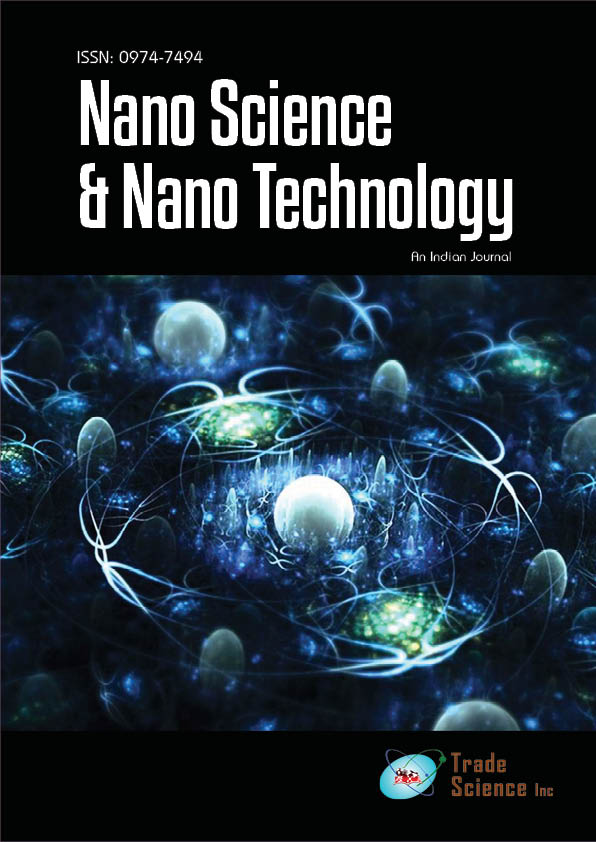Abstract
Surfactant Treatment Using Nanoparticles in Individuals with Severe Acne COVID-19: An Overview
Author(s): Adrianna PhillipsCoronavirus Disease 2019 (COVID-19) is a worldwide health concern caused by the Severe Acute Respiratory Distress Syndrome Coronavirus 2 (SARS-CoV-2). COVID19 has far outpaced the other two coronavirus infections, Severe Acute Respiratory Syndrome (SARS) and Middle East Respiratory Syndrome (MERS), in terms of patient numbers and economical effect (MERS). COVID-19 is a virus that affects the respiratory system, ranging from airway compliance to epithelial integrity, and can cause a variety of symptoms. At least half of those who test positive are asymptomatic or have just minor symptoms. However, pulmonary problems, such as bilateral pneumonia, affect 15%-30% of individuals. COVID-19 individuals' histological abnormalities are mostly found in the lungs. The presence of SARS-Cov-2 antigen in the respiratory system, including the upper respiratory tract, bronchial epithelium, and alveolar epithelial cells, was verified by immunohistochemistry. COVID-19 induces widespread alveolar damage on both sides, which is followed by endothelial injury, pulmonary vascular endothelial injury, alveolar-capillary injury, protein leakage, and alveolar wall inflammation. Although some COVID-19 traits may match the ARDS criteria, COVID-19 patients with severe hypoxemia can yet have practically normal lung compliance. The quick switch from almost-normal lung compliance to typical ARDS compliance might be related to the natural course of pneumonia or ventilator-induced lung injury (VILI), a kind of lung damage that occurs often in ventilator-supported patients.

